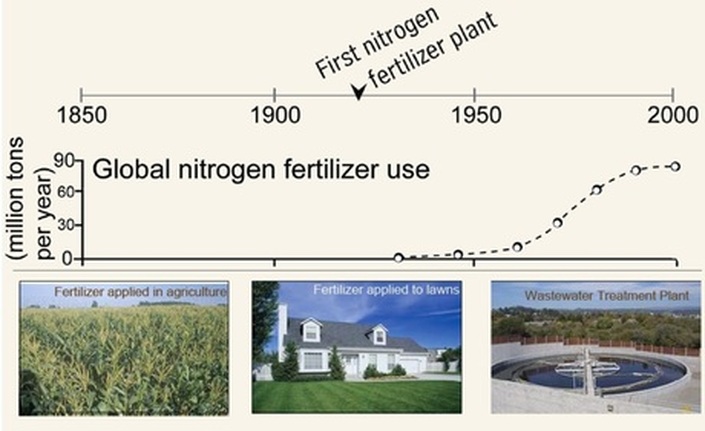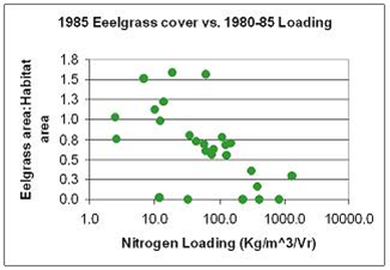Above are the main reasons for increased nitrogen in our coastal waters.
Not only does Nitrogen result in higher water turbidity, blocking light from reaching eelgrass, it creates eutrophic conditions favorable to plankton and algae. As a result, nitrogen loading severely decreases an eelgrass beds density and health. Nitrification is considered the leading cause of eelgrass decline on the East coast and other densely populated areas.
Not only does Nitrogen result in higher water turbidity, blocking light from reaching eelgrass, it creates eutrophic conditions favorable to plankton and algae. As a result, nitrogen loading severely decreases an eelgrass beds density and health. Nitrification is considered the leading cause of eelgrass decline on the East coast and other densely populated areas.


